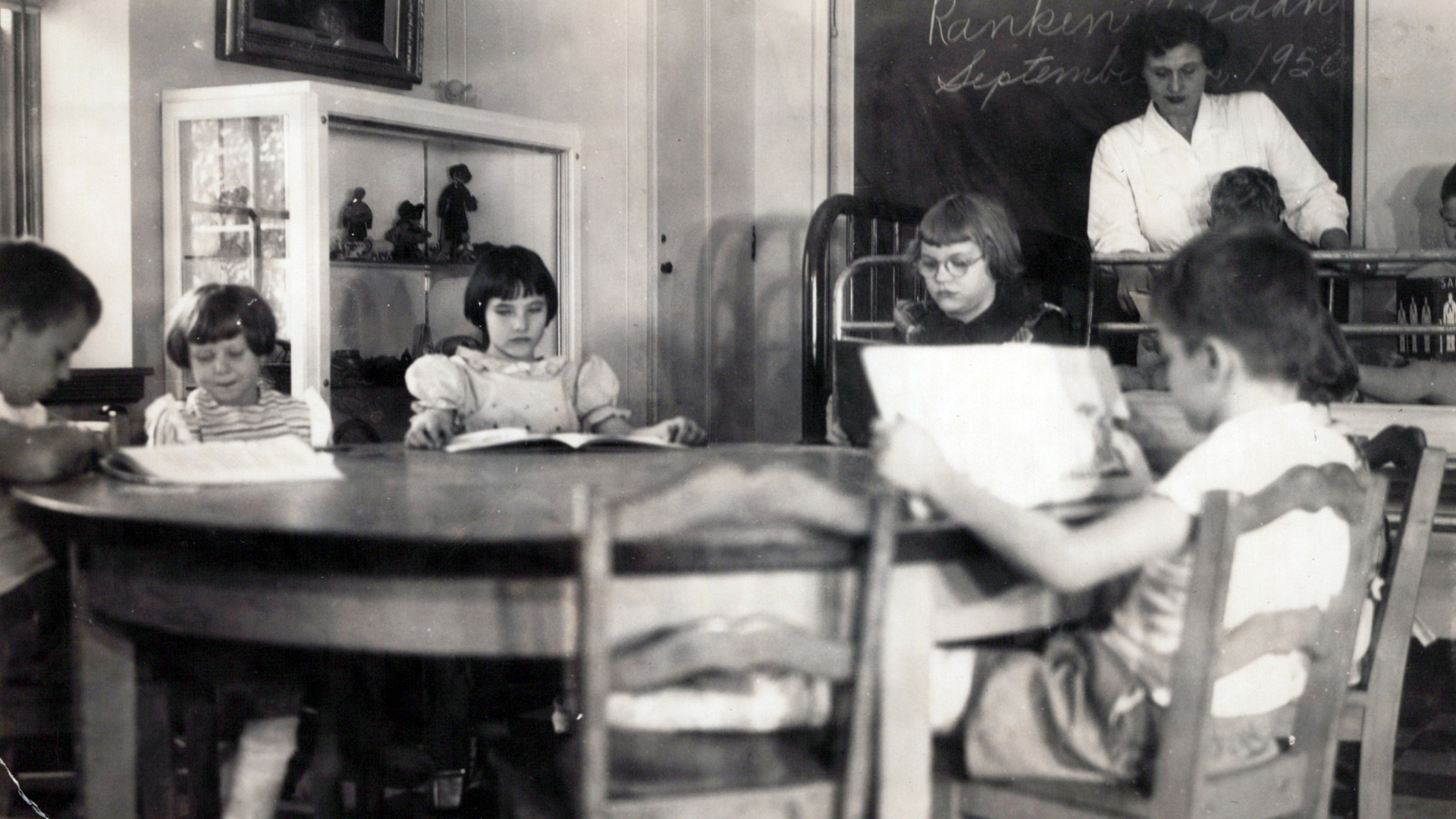August is synonymous with Back-to-School season. Stores buzz with children eagerly picking out the perfect lunchbox and backpack, while parents capitalize on tax-free shopping weekends. Schools come alive with open houses and parent-teacher nights, marking the start of a new academic year.
Amid this bustle, our dedicated education liaisons gear up to support families navigating a year of “firsts” due to new medical conditions or injuries. Parents often grapple with questions: How do you inform the teacher about a new ability? When do you notify the cafeteria, teachers, and other families about a G button and the inability to share snacks? Where does a child in a wheelchair catch the bus to school? Our education liaisons stand respectfully ready with answers, ensuring these families are prepared and confident as their children return to school.
“There is a lot that goes into returning to school with accommodations that parents may not understand,” says Mary. “We educate and advise parents, opening their eyes to the fact that ‘Yes!’ your child can go back to school or still receive their education, and ‘Here’s how!’”
Our educational services span from admission to discharge for patients of all ages, thanks to the OZ program and our education liaisons. While OZ is available to our patients ages 0-5, our educational liaisons are available to patients of all ages, inpatients and outpatients. Most frequent services are provided during elementary, middle, and high school.
Mary continues, “It is a complex and often delicate role as we negotiate between two worlds that do not typically interact with each other. We interact with all levels in the hospital and the education world, as well as other local programs and medical institutions. [We must have] a working knowledge of medical needs, issues and terminology as well as the same for the education side of things.”
Complying with the highly regulated healthcare and education systems while navigating connections between guardians are all in a day’s work for our education liaisons.
Many of our patients need a 504 or Individualized Education Program (IEP) plan, which are two different plans to help children who need specialized educational needs and/or accommodations at school. Our education liaisons will advise families on which programs and services may be most beneficial and how to request a 504 or IEP evaluation.
“Even though the patients here all have extremely diverse educational backgrounds and needs, we find a way to help each one,” says Shannon.
While all three of the education liaisons were once teachers, their jobs do not involve any actual teaching. “We joke that we are part social worker, part psychologist, part lawyer (we have to know those educational laws) but not a teacher in the traditional sense,” says Mary.
Some inpatients receive services from a homebound teacher, who is employed by the patients’ school district or the Special School District of St. Louis County. The educational liaisons work with the school district to arrange a schedule, and then the school determines the lessons for the patient. “I do know that it is a common mistake that [we] are supervisors for the homebound teachers,” says Ann.
One clear part of the job is compassion. Ann says the best part of her job is “just being the contact for school so that the caregiver has one less thing to worry about while their child is hospitalized.”






